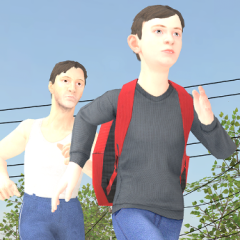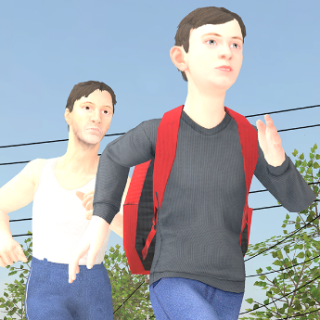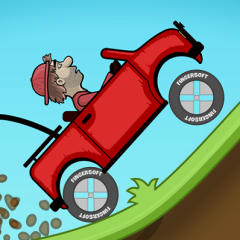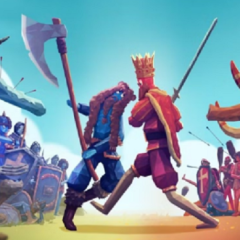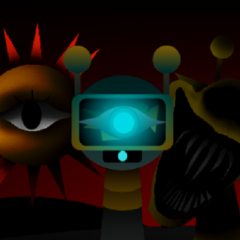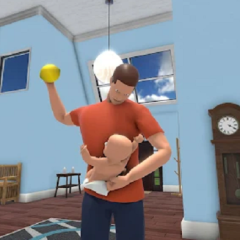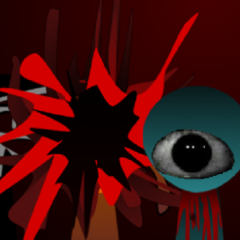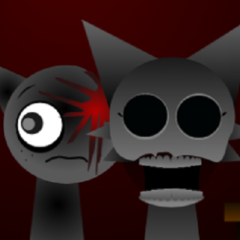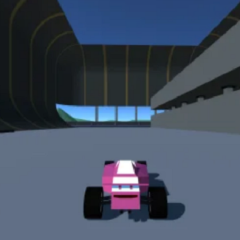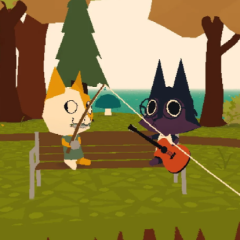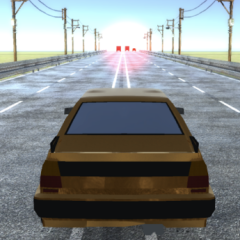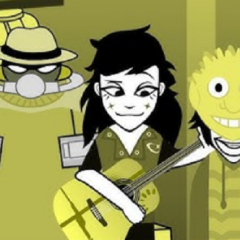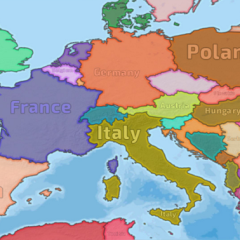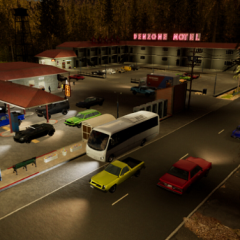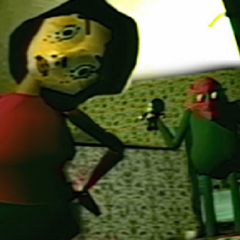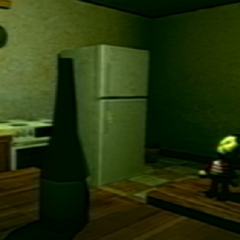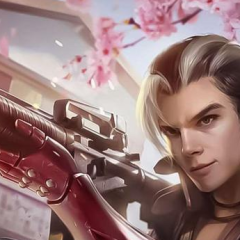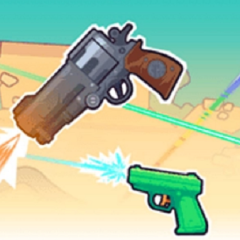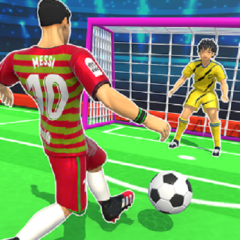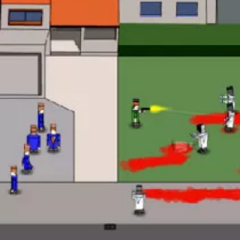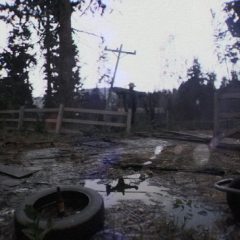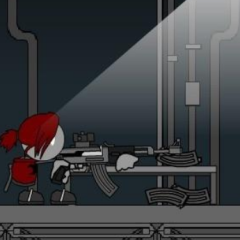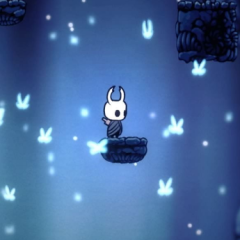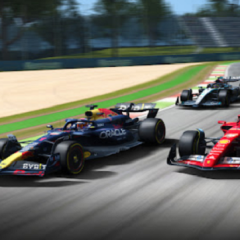Schoolboy Runaway 2 follows the story of a determined student trying to escape a tightly controlled life. This time, the journey expands into new locations, blending light puzzle mechanics with stealth navigation. The player must use observation and timing to avoid getting caught while searching for clues that unlock new areas. The setting shifts between domestic and institutional environments, creating a sense of both familiarity and confinement. It’s a game about freedom—not just of movement, but of thinking.
Observation and Strategy
As the game unfolds, players are introduced to increasingly guarded spaces. Whether evading a strict grandparent, a school supervisor, or other authority figures, the main task remains the same: don’t get caught. Every adult has a predictable pattern, and careful observation becomes the first tool for survival. Timing when to move, when to hide, and when to interact with objects is key to progression. Players are challenged to think two steps ahead as they explore rooms, corridors, and outdoor spaces.
Tools and Key Mechanics
The game introduces a variety of actions and tools to support the escape:
· Collect hidden items to solve environment-based challenges
· Use furniture and natural cover for hiding
· Distract adults with thrown objects or noise
· Read notes and visual hints to discover alternate paths
· Combine collected items for specific escape strategies
Each element builds into a larger loop of trial, error, and clever execution.
Progressive Difficulty and New Locations
With each completed section, the difficulty grows. Early levels may only feature one patrol to avoid, but later ones combine tight corridors, multiple observers, and new obstacles like locked gates and one-way doors. The school environment introduces new mechanics like lockers and camera systems. The village house, in contrast, uses open sightlines and fewer hiding places. Every space feels different in how players must adapt to its constraints.
A Story Without Words
What sets Schoolboy Runaway 2 apart is how it uses action, not dialogue, to express the boy’s frustration and resolve. Players are not told what to feel—they are shown it through gameplay, pacing, and design. There is no traditional narrative, yet the experience carries emotion through simplicity. With no enemies in the classic sense and no violence, the game builds tension through possibility and consequence, making every decision feel like an act of quiet rebellion.

